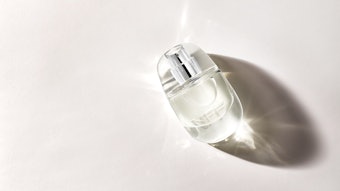Beyond its consumer product status, perfume is by its nature and effect at the crossroads of science and art, explained A. le Guerer (University of Burgundy) in remarks delivered during the joint 30th Essential Oil Days (Journées des Huiles Essentielles) and International Congress of Medicinal and Aromatic Plants (Congrès International Plantes Aromatiques et Médicinales [PAM]) co-organized by APPAM and Pole PASS (competitive cluster for perfume, aroma, smell and flavors) and recently held in Digne-les-Bains, France. First, it is necessary to recall that smell was for centuries considered a minor sense by philosophers such as Plato, Aristotle, Descartes, Kant and Hegel. It was only at the beginning of the 20th century that some writers, including Huysmans, recognized that perfume is a language in which nature and chemistry provide the words.
Beyond literature and philosophy, the history of perfume and science are intertwined. For example, the development of distillation by Arabs for the preparation of rose water led to the availability of a fragrance in a medium other than the oily/ greasy preparations of Egypt, Greece and Rome. Later came violet water and lavender water, followed by extraction with alcohol, which was developed in Salerno, Italy and Montpellier, France. The most famous example is the 1370 scent based on a wine spirit and rosemary called the Queen of Hungary’s Water, or Eau de Toilette de la Reine de Hongrie. Meanwhile, the extraction activities developed in Salerno and Montpellier led to those cities becoming centers of education in medicine and pharmacy, including the discovery and understanding of the therapeutic effects of perfumes. It was believed that odors bore the energy of matter—unpleasant scents brought illness, while pleasant and aromatic scents soothed diseases. It is interesting to see that this interdependency still fi nds contemporaneous expressions:










